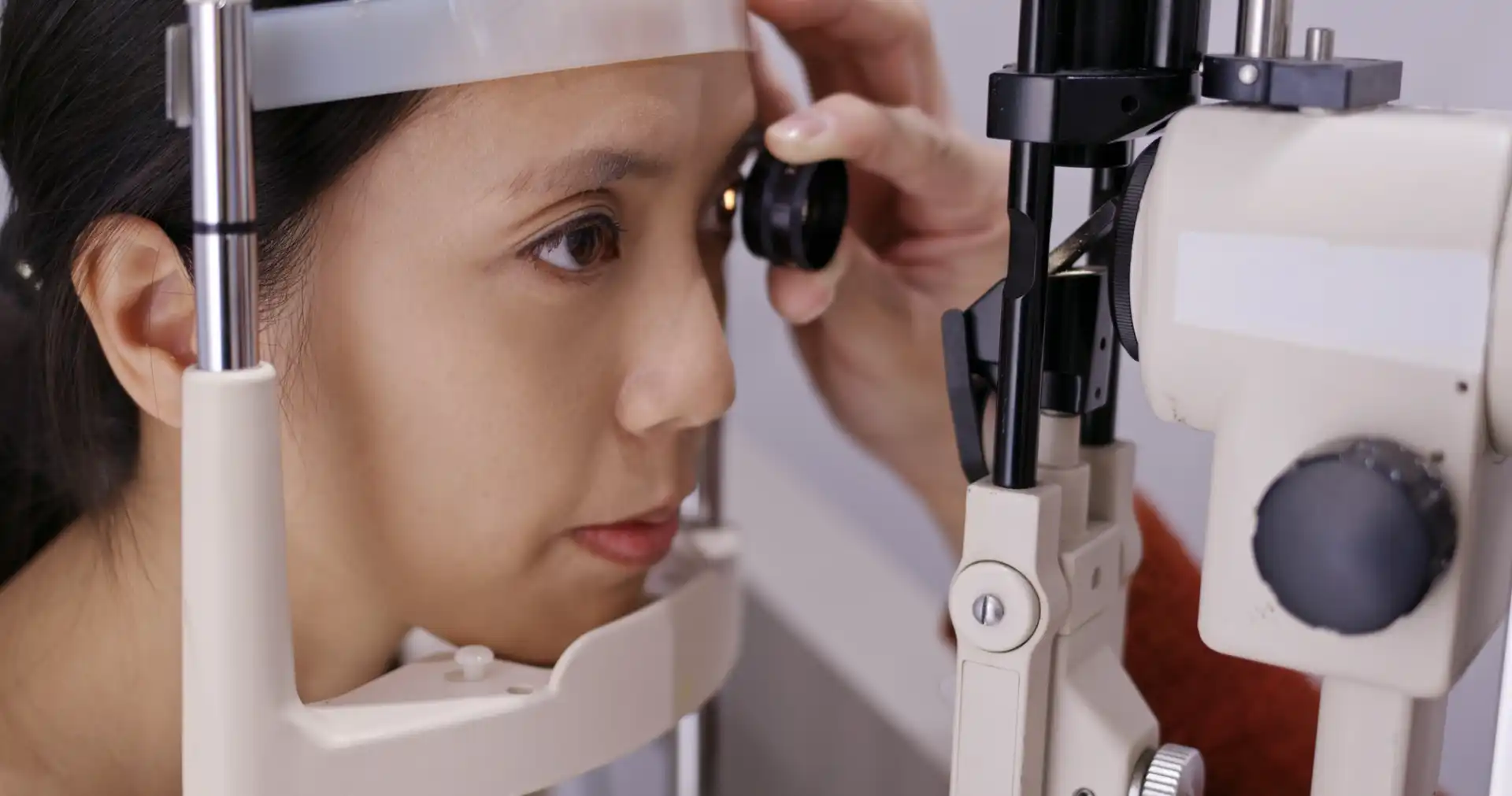Innovative Solutions for Vision Correction
For individuals seeking alternatives to glasses, contact lenses, or traditional laser eye surgery, corneal inlays and onlays offer exciting, minimally invasive options. These advanced procedures are designed to correct vision, particularly for age-related conditions like presbyopia, by enhancing the eye’s focusing ability.
This blog explains what corneal inlays and onlays are, how they work, and who can benefit from these cutting-edge treatments.
What Are Corneal Inlays and Onlays?
Corneal inlays and onlays are tiny, implantable devices placed within the cornea to improve vision. Both are designed to reshape or enhance the cornea’s optical properties, but they differ in application:
- Corneal Inlays: Small, disc-shaped implants inserted into the cornea to improve near vision.
- Corneal Onlays: Placed on the outer layer of the cornea, acting like a contact lens but integrated with the eye.
How Do They Work?
Corneal Inlays
- Typically used to correct presbyopia, a condition where the eye loses its ability to focus on close objects due to aging.
- Inlays are placed into a pocket created in the cornea using a laser.
- They modify the way light enters the eye, enhancing near vision while preserving distance vision.
Corneal Onlays
- Designed to correct refractive errors like nearsightedness or astigmatism.
- Onlays adhere to the cornea’s surface and provide an additional optical layer to correct vision.
- Unlike traditional contact lenses, they are semi-permanent but removable if needed.
Benefits of Corneal Inlays and Onlays
- Minimally Invasive: The procedures are quick, require no stitches, and have a short recovery time.
- Reversible: Unlike LASIK, inlays and onlays can be removed or replaced if necessary.
- Enhanced Near Vision: Especially beneficial for individuals with presbyopia who want to reduce their dependence on reading glasses.
- Preserves Distance Vision: Improves near focus without compromising distance clarity.
- Customizable: Tailored to the patient’s specific vision needs.
Who Is a Candidate?
Corneal inlays and onlays may be suitable for individuals who:
- Are over 40 years old and experiencing presbyopia.
- Have stable vision and are not suitable candidates for LASIK or PRK.
- Want a reversible option for vision correction.
- Have no significant corneal disease or damage.
Your eye doctor will evaluate your corneal thickness, general eye health, and vision needs to determine if these procedures are right for you.
Types of Corneal Inlays
Several types of corneal inlays are available, each designed for specific vision needs:
- Small Aperture Inlays (e.g., Kamra Inlay): Creates a pinhole effect, allowing light to focus more precisely for near vision.
- Refractive Inlays: Alters the cornea’s refractive properties to correct vision.
- Hydrogel Inlays: Made of biocompatible material that integrates with the cornea and improves light transmission.
The Procedure: What to Expect
- Pre-Operative Evaluation: Your optometrist or ophthalmologist will assess your vision and corneal health.
- Anesthetic Drops: Numbing drops are applied to ensure a painless experience.
- Inlay or Onlay Placement:
- For inlays, a laser creates a small pocket in the cornea where the device is inserted.
- For onlays, the device is positioned on the surface of the cornea.
- Post-Operative Care: Recovery is typically quick, with mild discomfort or blurred vision lasting a few days. Follow-up visits are crucial to monitor healing.
Potential Risks and Considerations
While corneal inlays and onlays are generally safe, it’s important to be aware of potential risks:
- Temporary glare, halos, or dry eyes during the healing process.
- Risk of infection, though rare, can be mitigated with proper care.
- Not suitable for individuals with severe dry eyes or thin corneas.
Discuss any concerns with your eye doctor before undergoing the procedure.
Corneal Inlays and Onlays vs. Other Vision Correction Options
| Feature | Corneal Inlays/Onlays | LASIK | Contact Lenses | Glasses |
|---|---|---|---|---|
| Reversibility | Yes | No | Yes | Yes |
| Surgical Procedure | Minimally invasive | Yes | No | No |
| Corrects Presbyopia | Yes | No (requires monovision LASIK) | Yes | Yes |
| Long-Term Solution | Yes | Yes | No | No |
Conclusion: A Visionary Solution for Modern Lifestyles
Corneal inlays and onlays offer innovative, minimally invasive solutions for individuals seeking vision correction beyond traditional methods. With the ability to enhance near vision, preserve distance clarity, and provide a reversible option, these advanced technologies are transforming the way we address refractive errors and presbyopia.
If you’re considering corneal inlays or onlays, schedule a consultation with Bridgemill Eyecare to explore your options. Together, we’ll determine the best path to clear, comfortable vision that suits your lifestyle and needs.





